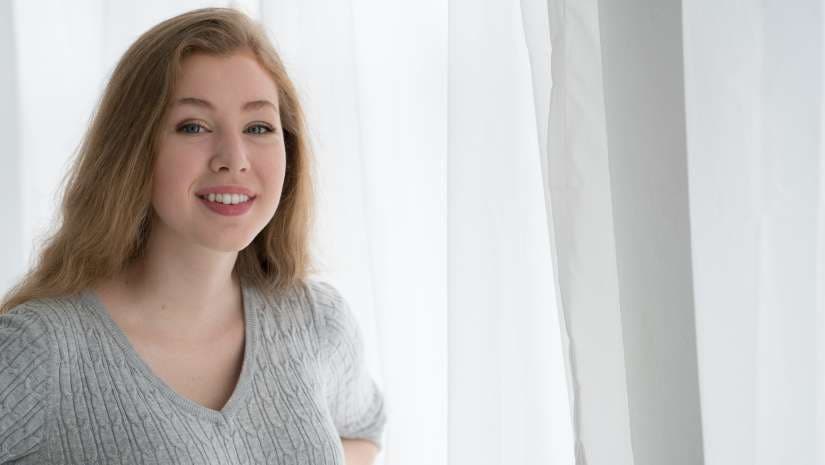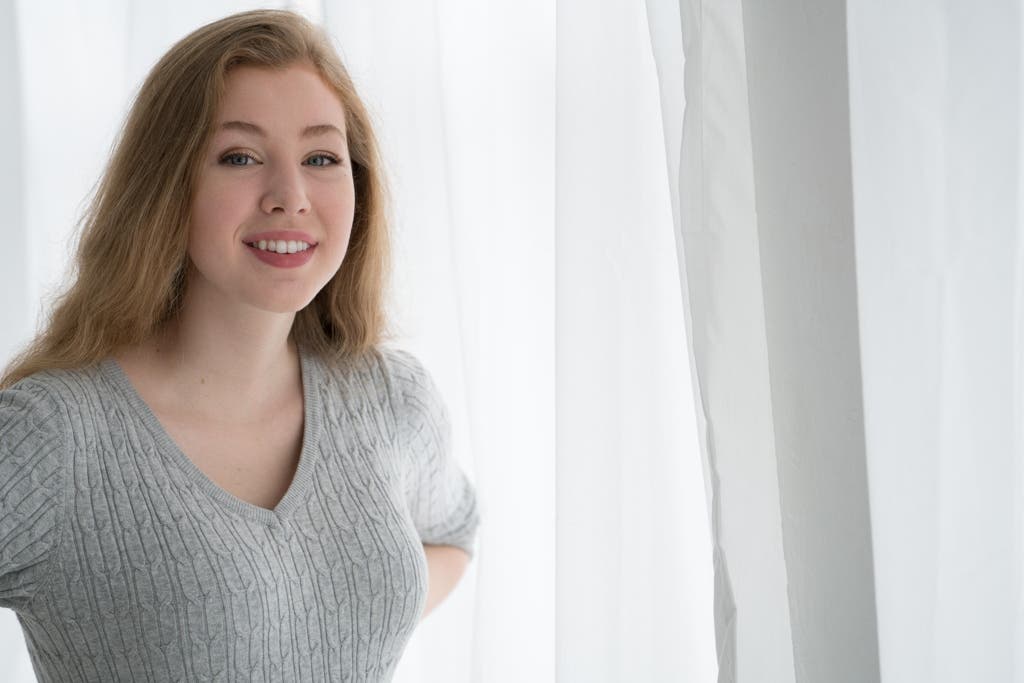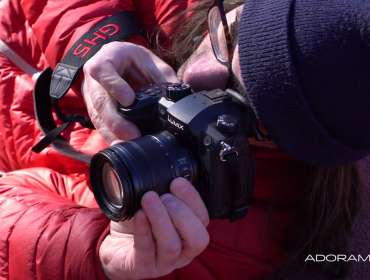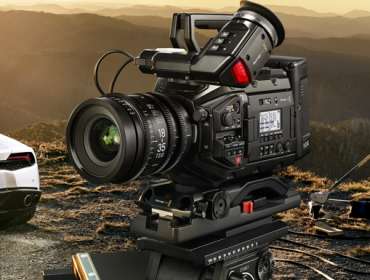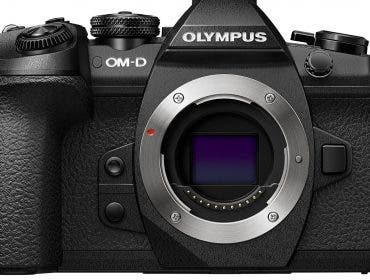I was very excited to hear that Zeiss was introducing a 135mm lens to the Batis line which currently consists of the 18mm f2.8, 25mm F2 and the beautiful 85mm 1.8. I have a few go-to focal lengths when making portraits and 135mm has always been favorite of mine on full frame cameras. While Zeiss currently covers this focal length in their DSLR lens line, this is their first 135mm for the line of Sony mirrorless full-frame cameras.
So much can (and has) been said in the Prime vs Zoom discussion that I will not go there in this short article. I will, however, say that the reason I often work with prime lenses is to keep the weight of my camera bag down. When I load up my bag to run around Manhattan, gear can get heavy very quickly and this is also one of the reasons I reach for a mirrorless camera.
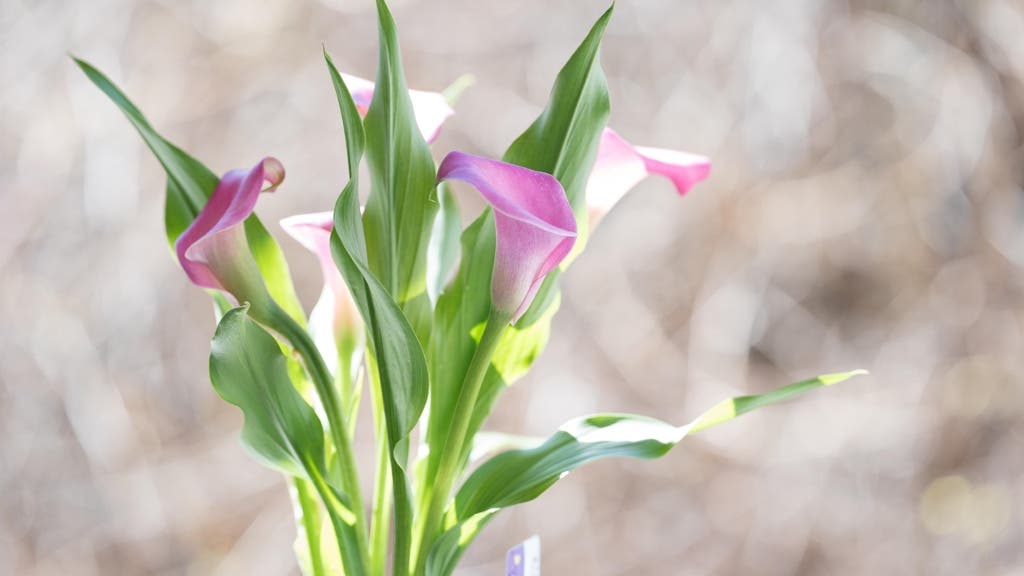
The combination of the E-Mount bodies and the Zeiss Batis 135/2.8 makes for an extremely lightweight package. I think the choice to go with a 2.8 aperture vs f2 was a good one as the lens feels perfectly balanced. Thanks to Sony’s incredible high ISO capability, making up for the one stop of light is not an issue. For my tests, I used a Sony a7s (in the field) and a7r (in the studio).
When I was told I would have the lens for a few days (vs the few hours we are sometimes given) I immediately set up an in-studio portrait shoot for later in the week, and decided to test the lens with a few other common subjects. It’s a fun exercise to mount a lens on your camera and work with it for a day. I was looking forward to the challenge of using the 135mm for some casual shooting before my “real test” in the studio.
For the shot of the pink calla lilies, I decided to contrast their soft color and bright green stems against the still warm brown of the winter bushes. With the camera mounted on a tripod, I placed the flower pot in the open shade (with some backlight) and exposed at ISO 200, F4 at 1/250, as the wind was blowing and I wanted to avoid motion blur. For some variety, I made a second image at ISO 800, F8 at 1/250. Even with the heavy backlight and contrast, the Batis did a great job showing no color fringing.
Next, I headed out to a local overlook and saw the last snow melting on the West Point Ski slope. Again, with the camera on my tripod, I set the aperture at f/5.6, ISO 100, and dialed in a shutter speed of 1/640. The Zeiss handled the contrast of the snow well and picked up the fine detail of the earth and still bare trees. I then turned my camera to the West Point sports field and again with the camera set at f5.6, ISO 100, and a shutter speed of 1/640, I made an image of the team practicing. The texture of the grass and rendition of color were superb.
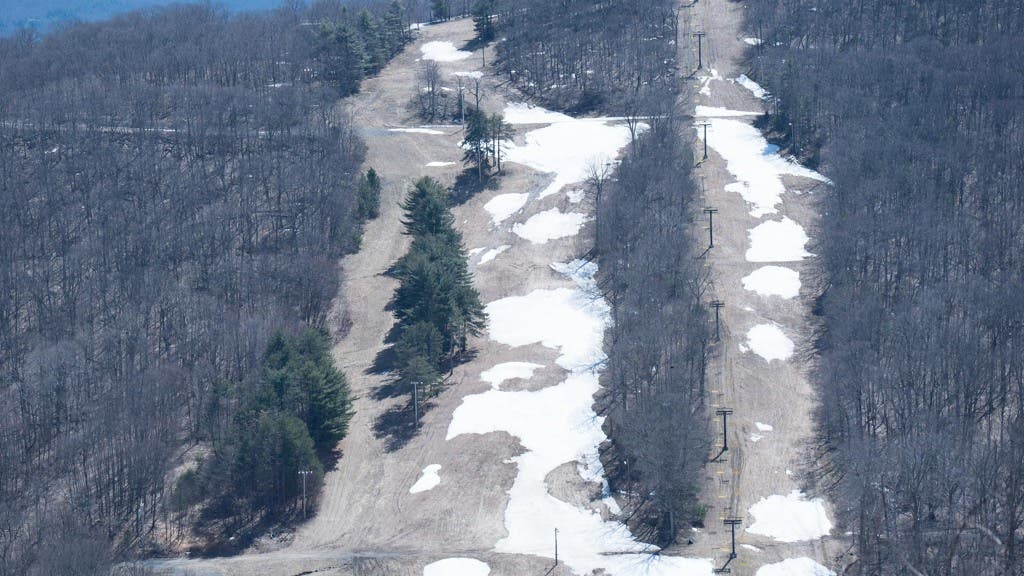
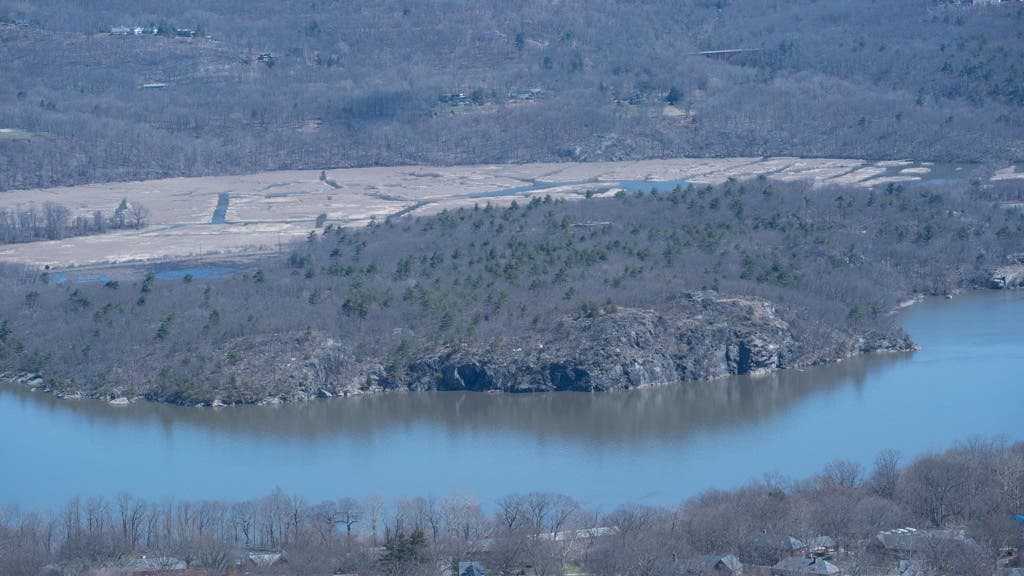
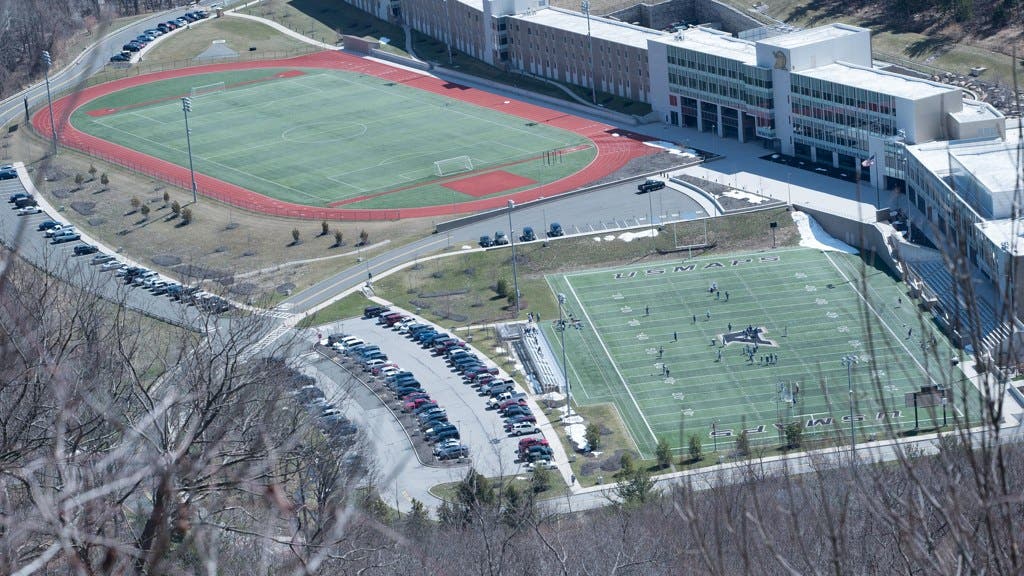
After another shot of the Hudson river in which the Zeiss picked up tremendous detail in the trees and reflections in the water with the camera set at 100 ISO, f7.1 and 1/500 shutter, I jumped in my car in search of some interesting subjects. A few miles down the road, I spotted a tree at the edge of a golf course with red buds that I thought would look great in contrast to the blue sky, so I set my camera at f11, 1/200 and ISO 100 and made a few compositions.
I decided on the day of the studio shoot to use the a7r with the Batis to make some nice headshots of Marisa. Being a bit of a rainy day, I set up a simple light in my studio and worked on a series of expressions at f4.0, ISO 400, 1/125 shutter speed. The autofocus was fast and accurate and the lens produced sharp images while still achieving nice skin tone.
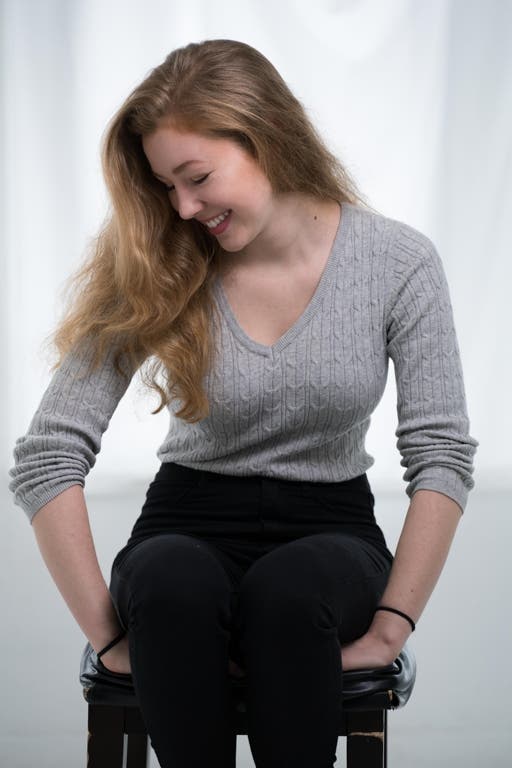
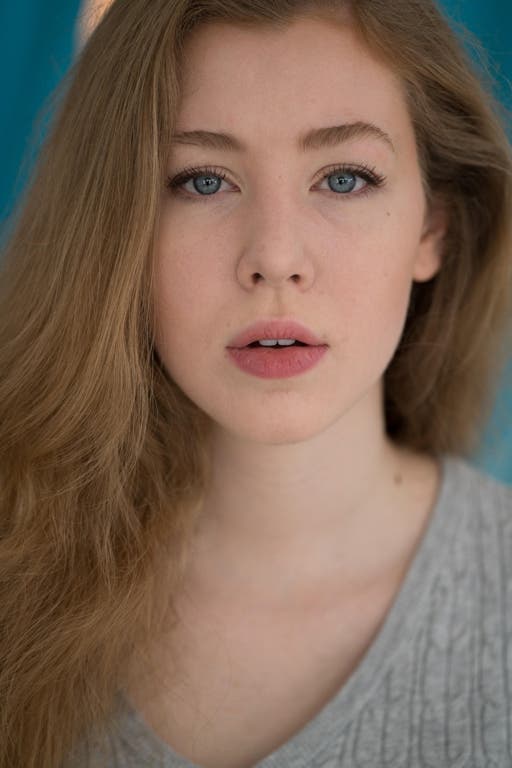
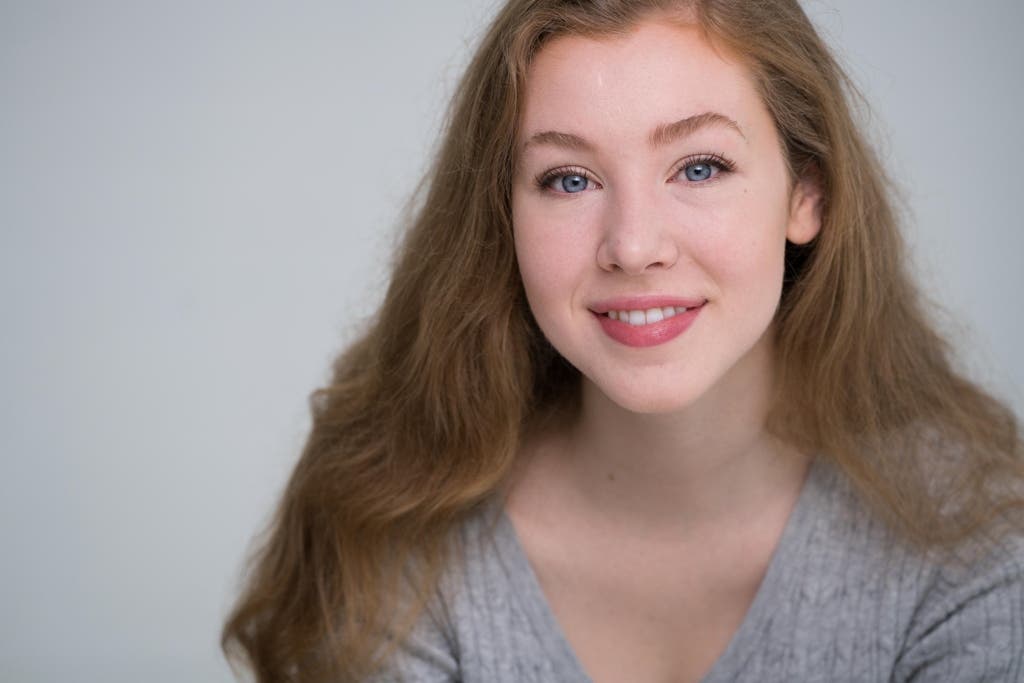
In the first series, Marisa sat on a stool, about 5’ away from a 4×4’ light, with a white reflector from the bottom. The camera was mounted on a tripod and about 8-10’ from the subject for head and shoulder (and a bit tighter) portraits. After we finished the first set-up, I decided to shoot into the windows and had Marisa sit with her back to them. We shot half body images with a fill light in the front and the Batis did not show any signs of lens flare. For this series, I shot at f4.0, ISO 400, 1/125.
Even when I put Marisa right up to (and lit by) the windows, the Zeiss did not flare and had no issue with focusing quickly. Here I pushed the camera to 800 ISO so I could achieve 1/250 at f4. This allowed me to more easily hand hold as both Marisa and myself were moving quickly before the light faded. The image stabilization worked really well, but when your subject is moving, the addition shutter speed really helps.
The final set-up I went back to the tripod for some tight headshots at ISO 800, f3.2, 1/250. The way the Zeiss in combination with the Sony cameras captured the blue of her eyes in contrast to the blue background really made these final images of the day shine.
Having used many Zeiss lenses of a variety of systems, I had high hopes that this lens would equal my past experience and I was not disappointed. The Batis 135mm is a fine lens for many applications. Though I imagine portrait and wedding photographers will be the first in line to add this to their kit, I could see this lens being popular for travel, and street photography, and I look forward to using it for some food photography soon.
